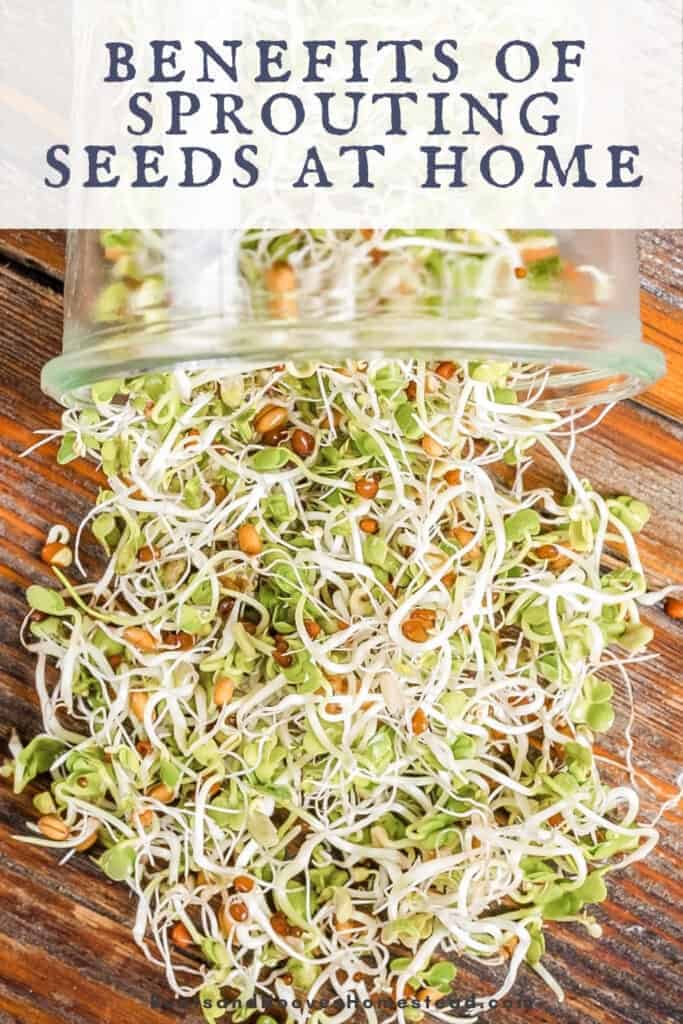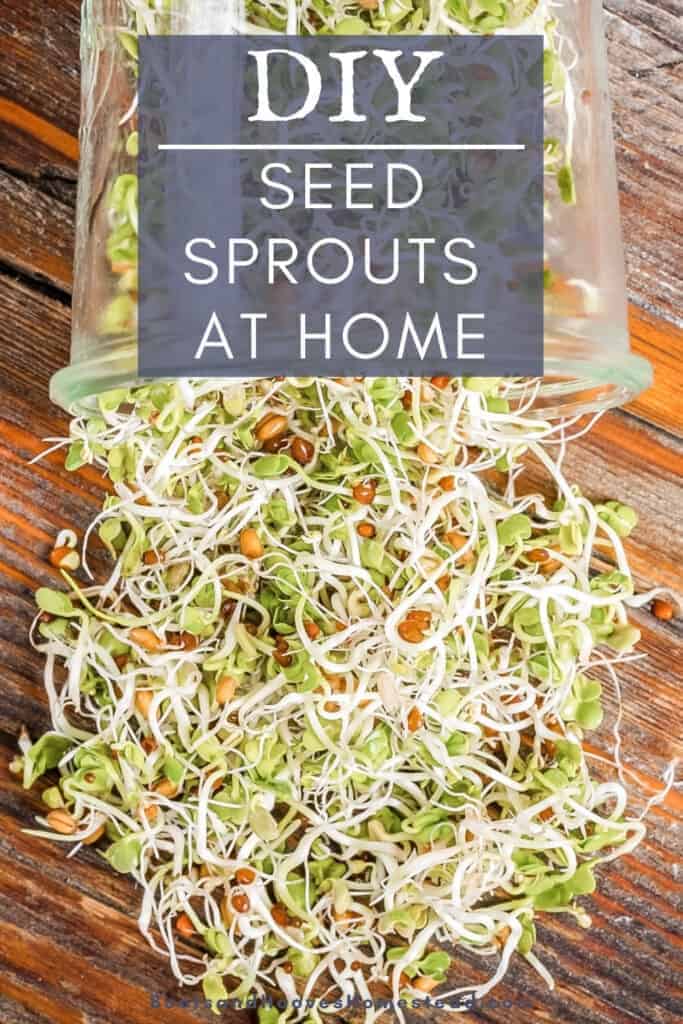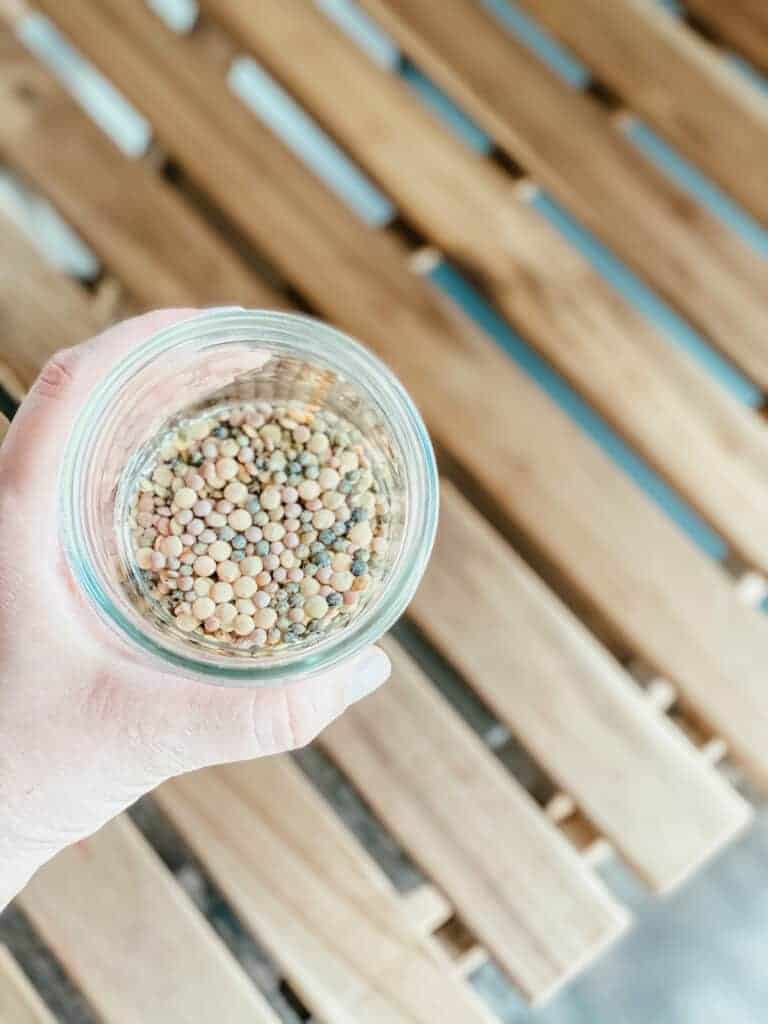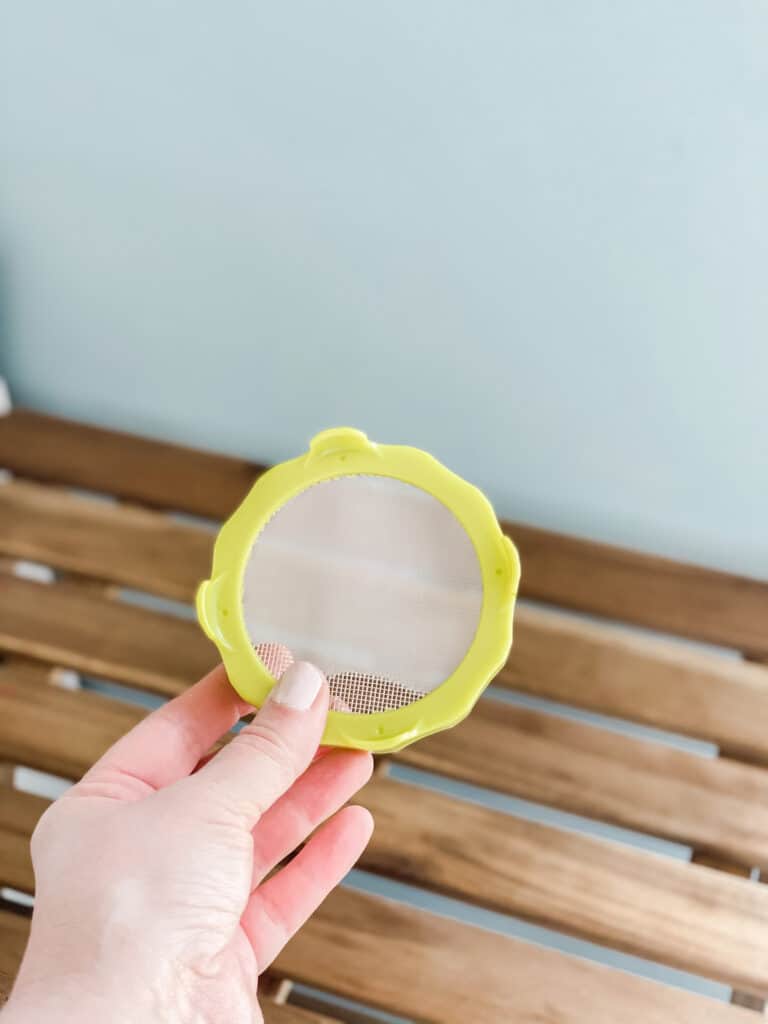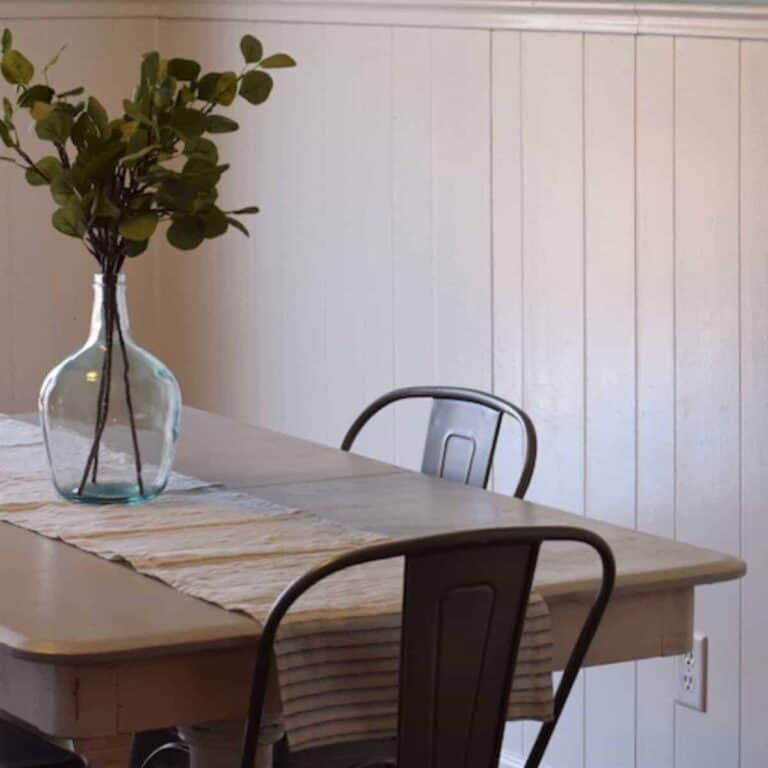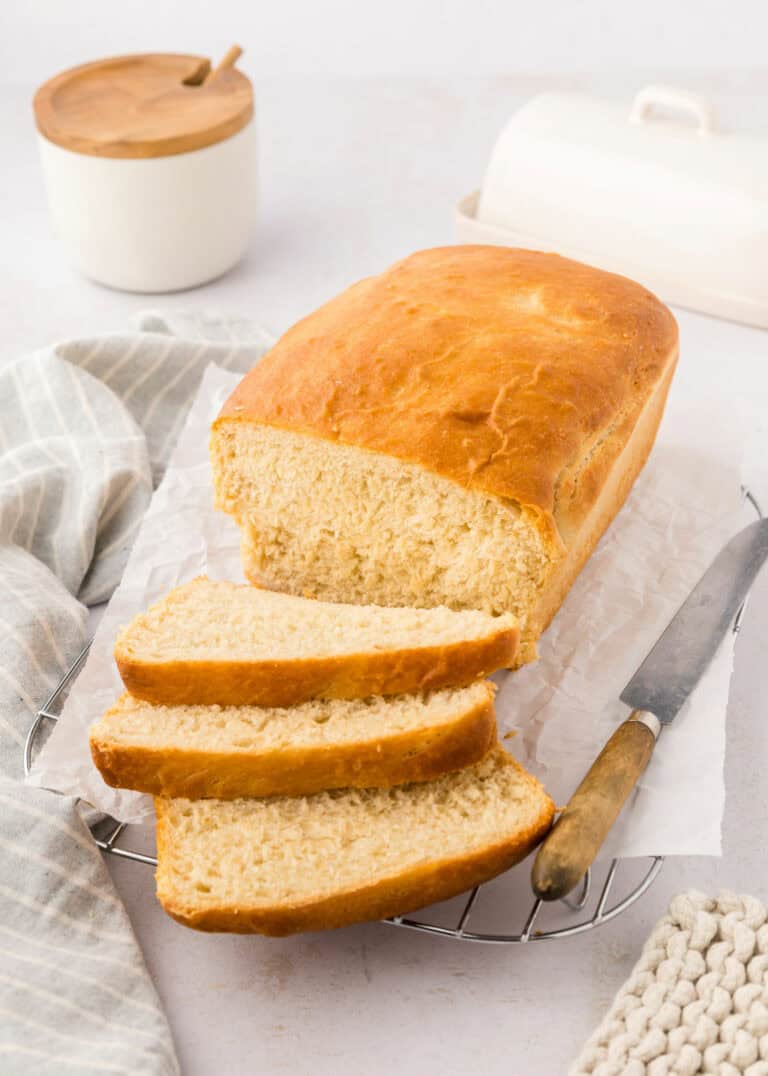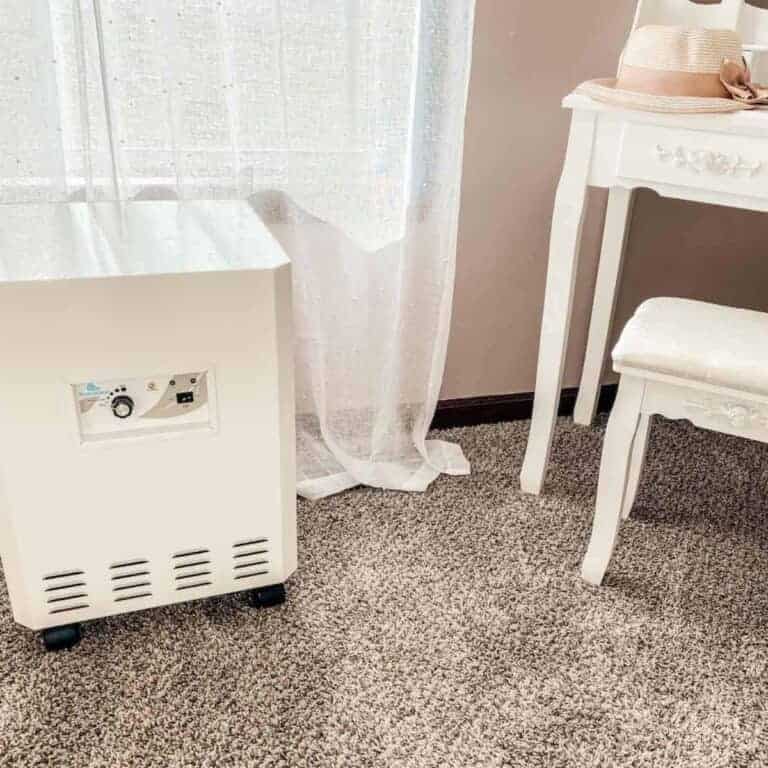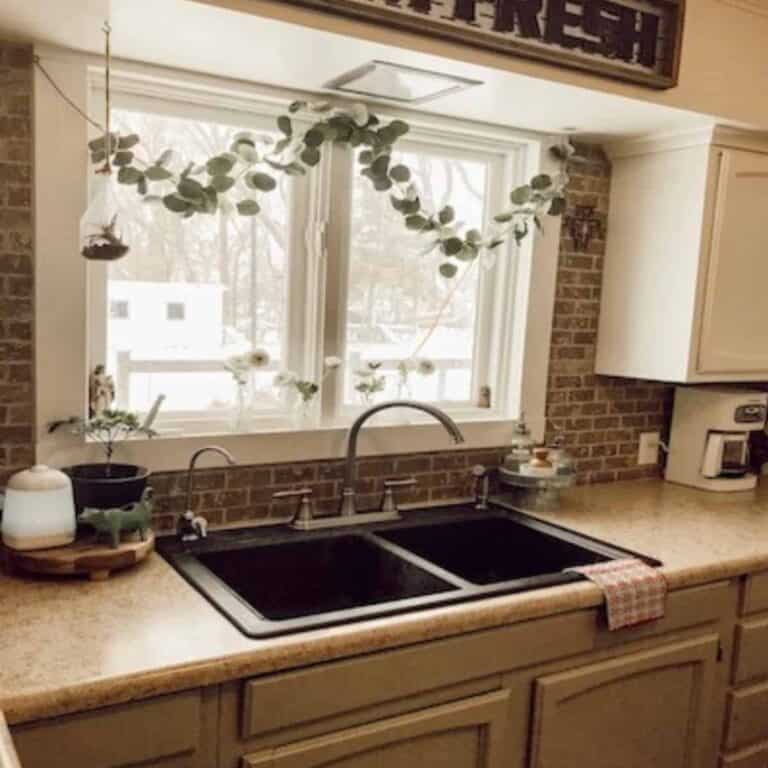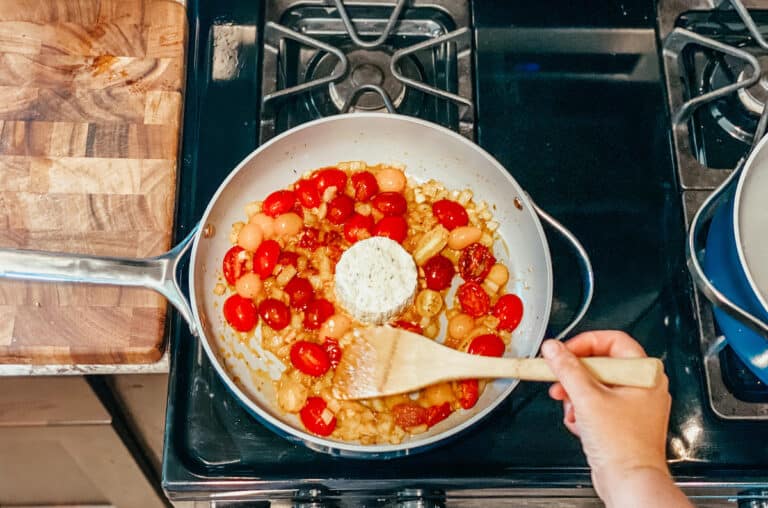How to Sprout Beans and Legumes at Home
Learning how to sprout beans and legumes at home, is incredibly simple and they are packed full of vitamins and an excellent source of antioxidants.
If you are looking for a fun way to improve the nutritional value of your food at home, you may want to try something called sprouting.
Sprouting is a process that allows you to grow beans, legumes, and other food items at home.
I love to include a variety of sprouted beans and legumes in our meals. One of my favorites are the French lentils from True Leaf Market.
How is this process done? Take a look at a few of the steps below!
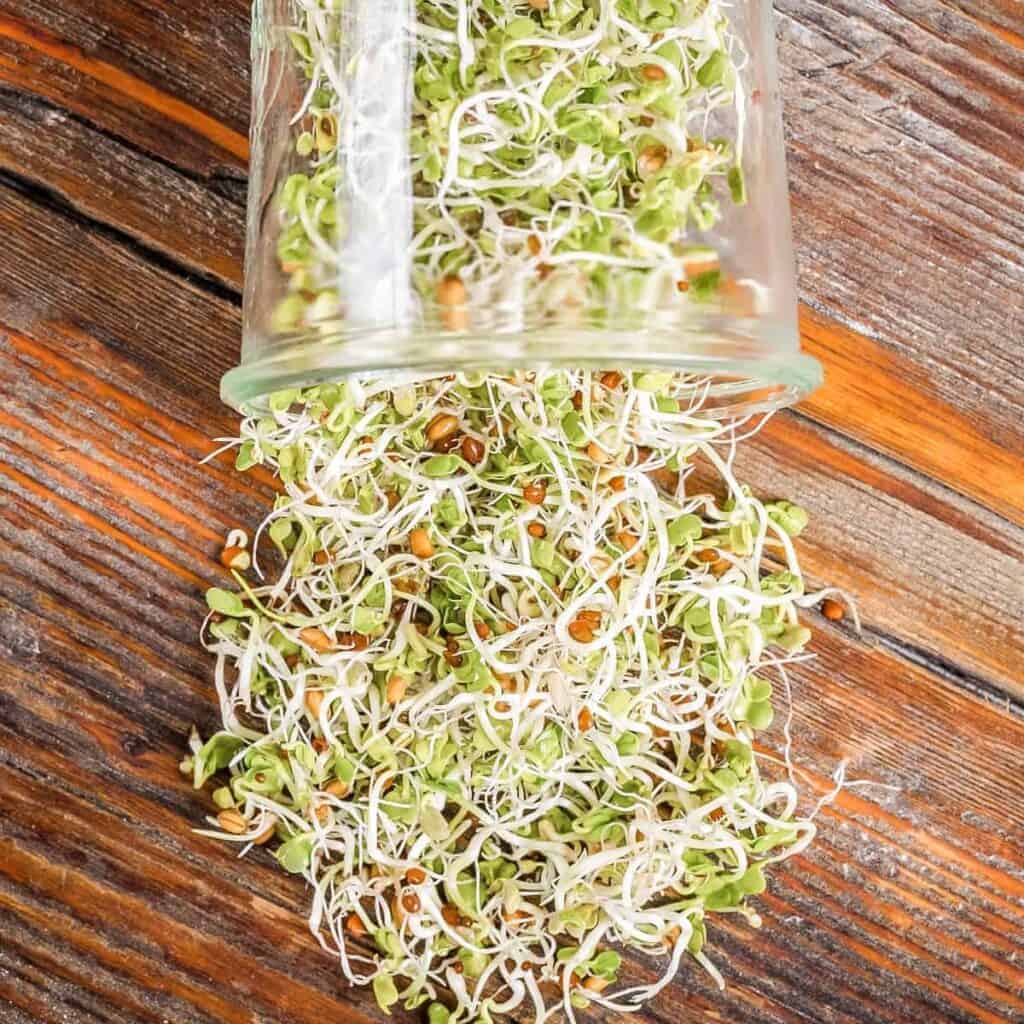
How To Sprout Beans and Legumes
If you are wondering how to sprout beans and legumes, the good news is you do not need a lot of fancy equipment.
In general, you need a breathable container, such as a mason jar, in which to grow your sprouts. Then, you need something to cover the mason jar, such as a cheesecloth, that will allow the mason jar to breathe.
If you enjoy this and would like to do it more often, you may even want to invest in something called a sprouting lid. This will screw directly to the top of your mason jar, providing your sprouts with access to the right amount of oxygen.
I like these sprouting lids when I make my sprouts at home.
Set Yourself Up for Success: Step by Step
If you would like to sprout beans and legumes, there are several steps you should follow. These include:
- Soak Your Legume: First, you need to take your dried legume and soak it in a large bowl. Cover it with cold water in a bowl or jar. The water should be approximately three inches above your dried legumes. They are going to expand overnight. Let them sit for 8 to 12 hours.
- Rinse Them: Next, you need to make sure you rinse your Lagoon as well. After this, place them in your scouting vessel, which is probably a wide-mouth mason jar.
- Drain the Jar: After this, you should pour out the water. Then, take your sprouting lid or cheesecloth. Place it on top of the jar. You may need to hold your cheesecloth in place using a rubber band.
- Prop the Jar: Turn the jar upside down at an angle. Allow any excess water to drip out of the jar. If you have lots of jars you are handling at the same time, consider placing them on a cooling rack or drying rack.
- Store the Jar and Repeat: Finally, you should store the jar away from the sun. You will want to repeat this process two to three times per day. Try to do this in the morning, at noon, and at night. You will want to do this until your sprouts are between 1 and 1.5 inches in length.
- Once your sprouts have reached this length, wrap them in a paper towel or clean cloth. Then, place them in an airtight container. You want to eat them when they’re fresh, as they will only keep for a few days even if you put them in the fridge.
Once you have gone through this process, you are done!
Where to Buy Sprouting Seeds:
I would suggest True Leaf Market! They have a huge variety of beans and legumes specifically for sprouting. Plus, they have many organic & non-gmo varieties to choose from!
Want to save this?
What Should You Avoid?
There are a few things you should avoid. First, unless you have a lot of experience with this, you should probably stay away from kidney beans. Kidney beans contain toxic compounds that have to be cooked and treated a certain way otherwise, you may get sick.
Also, you should avoid tightening the cheesecloth too tight. Your mason jar does have to breathe. If you don’t provide your plants with any oxygen, they will not grow.
Why Should You Sprout Beans and Legumes?
So, if you are thinking about sprouting beans and legumes at home, what are some of the benefits you will enjoy? Why should you do this? A few top benefits include:
- Nutrition: If you decide to sprout beans and legumes at home, you are going to transform the starch that is present into powerful nutrients. For example, sprouting beans and legumes are packed with lots of magnesium, folate, vitamin C, zinc, iron, and protein.
- Digestion: Because sprouting beans and legumes will impact the Integrity of the starchy endosperm, this will make the food easier to digest as well. Therefore, for those with GI problems, sprouting legumes and beans at home may be easier.
- Less Expensive: Even though you can certainly purchase these sprouts at the grocery store, they tend to be more expensive. If you grow them yourself, you can save money.
For these reasons, consider growing them at home!
I like to add sprouts to sandwiches, salads, and even stir them in soups! My favorite lentil variety gives our Greek lentil soup an extra nutritional boost!
What Varieties Should You Sprout?
There are countless varieties of beans and legumes that you might be able to sprout at home. On the other hand, if you are looking for a place to start, you may want to try black beans, green peas, chickpeas, and lentils.
After you get the hang of this, you may want to try sprouting grains, seeds, and nuts as well.
There are two separate categories of beans you may be able to sprout. The first refers to sprouting seeds, which are seeds meant specifically for this process. They have been treated, cleaned, and are less likely to carry diseases.
The other option is regular seats. These are dried legumes you purchase at the store. These could be dried lentils, chickpeas, or beans. Keep in mind these may not be cleaned the same way.
Frequently Asked Questions
A few common questions people ask include:
Yes, it is possible for you to sprout dried beans from the grocery store; however, not all of them are viable. Only dry beans can germinate. Therefore, make sure the beans have been dried. If they have been placed in sealed bags, this is a safe bet. So, it is best to select organic varieties specifically for sprouting to give you the best value.
After you have sprouted your beans and legumes, you need to wrap them in a clean cloth or paper towel. Then, place them in an airtight container. That way, they will last as long as possible. They usually do not keep more than a few days, even when placed in the fridge.
You can eat bean sprouts raw; however, you need to make sure they have been labeled as “ready to eat.” If they do not have this label, you may get food poisoning.
Bean sprouts are usually healthier than beans because they contain a slightly different nutrient profile. Even though beans have plenty of protein, bean sprouts have some vitamins and minerals that regular beans do not have.

